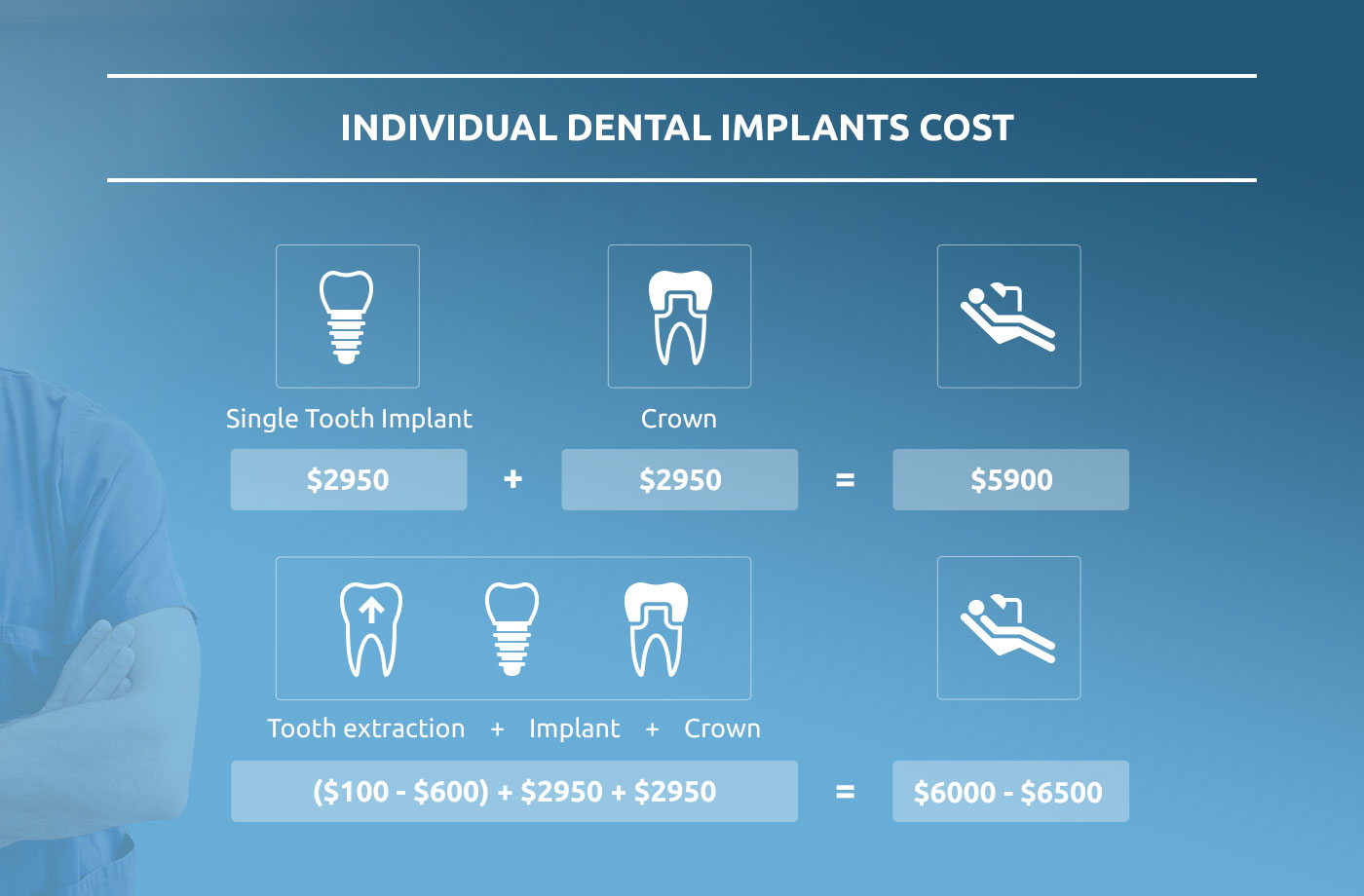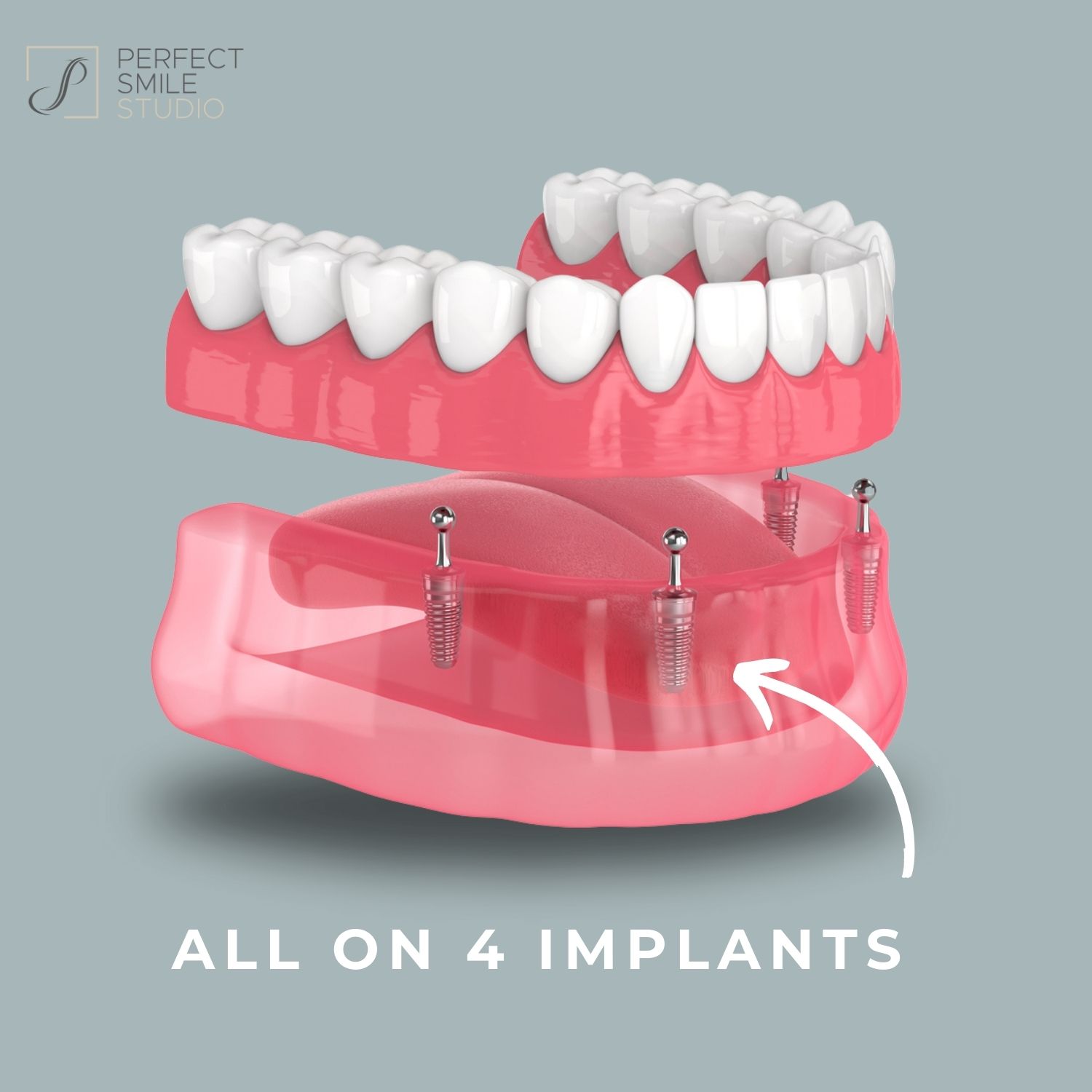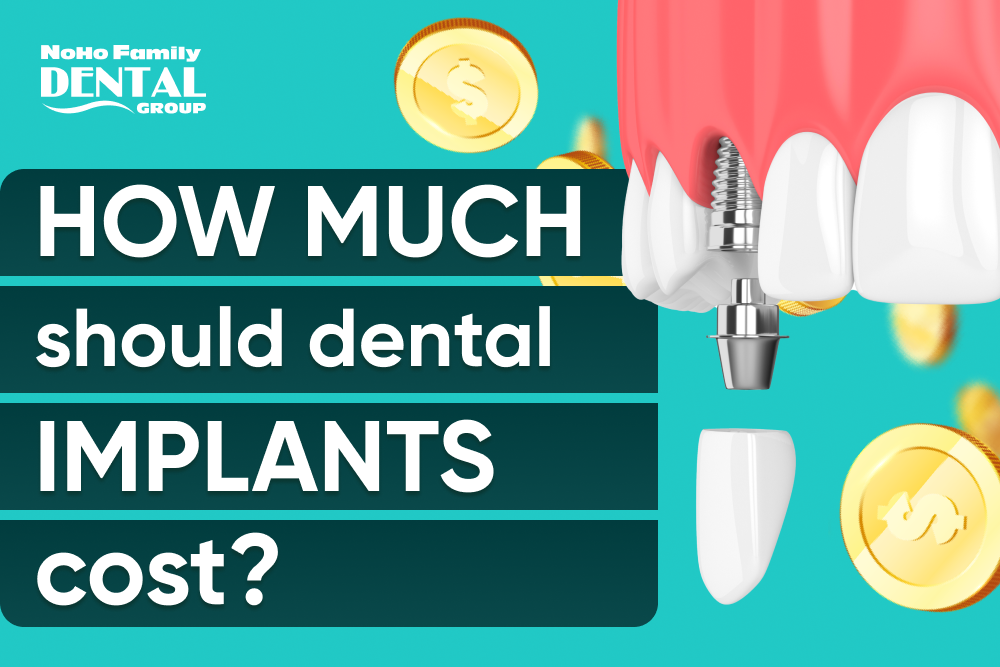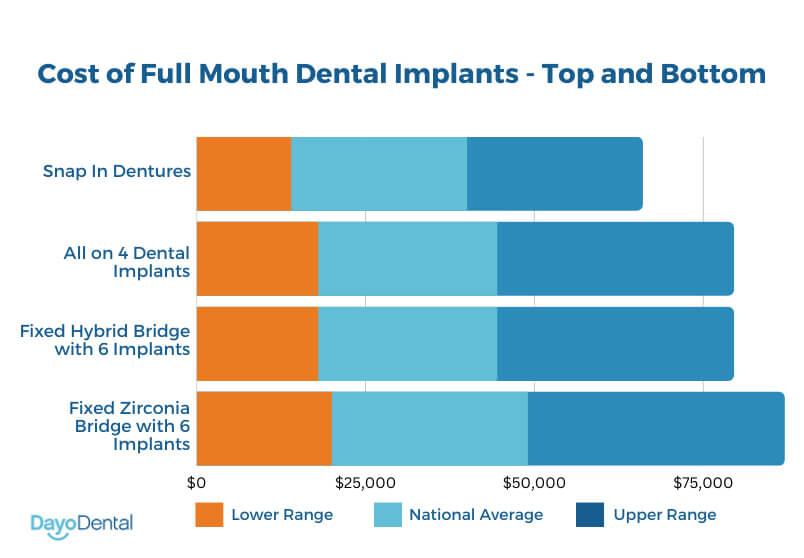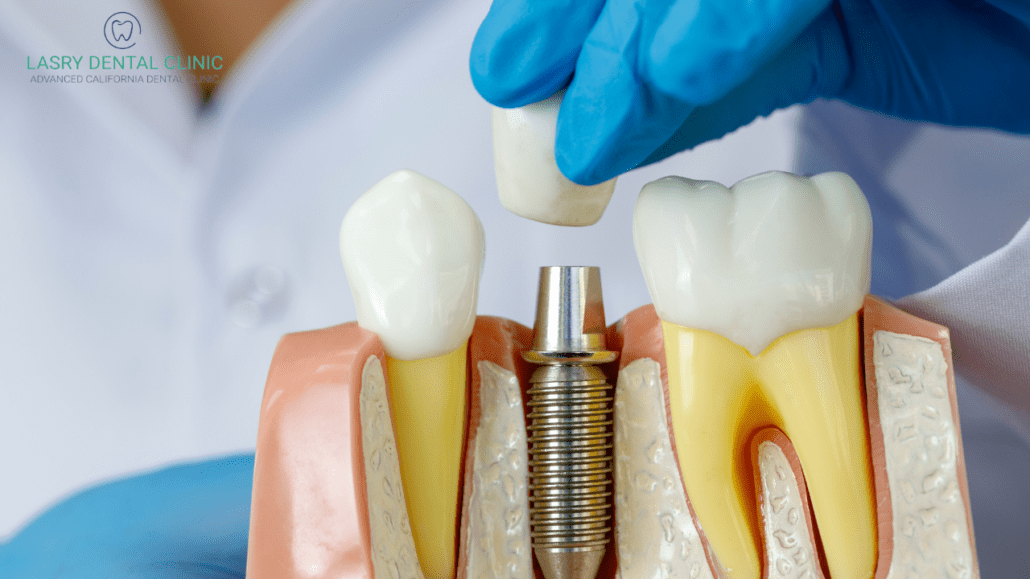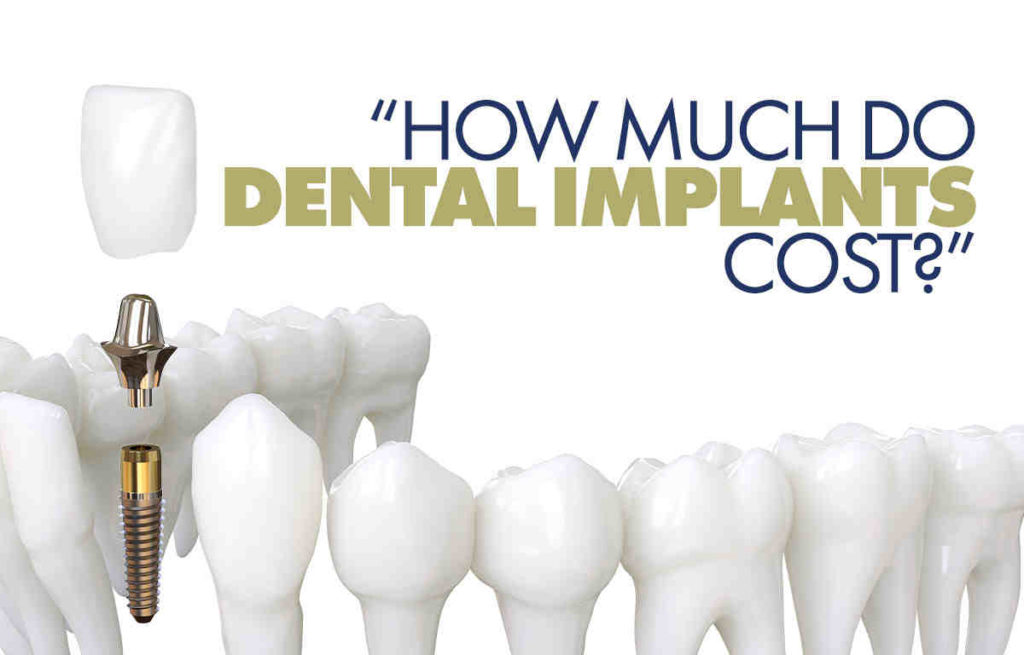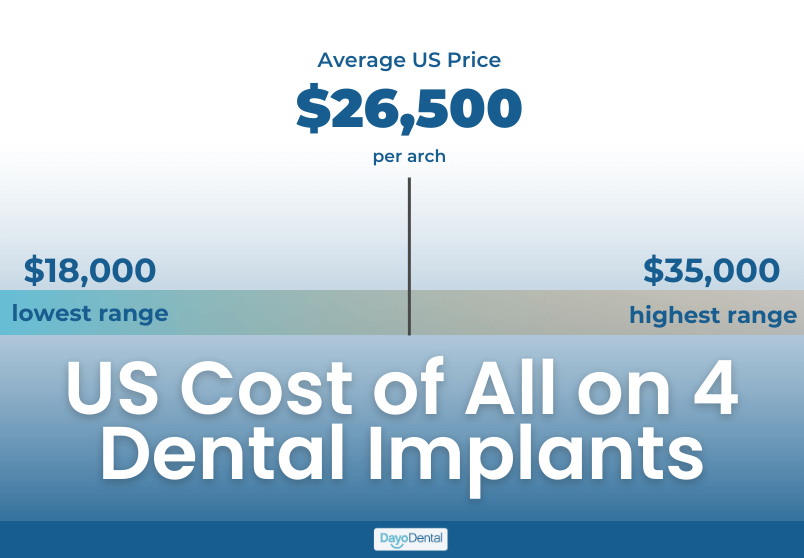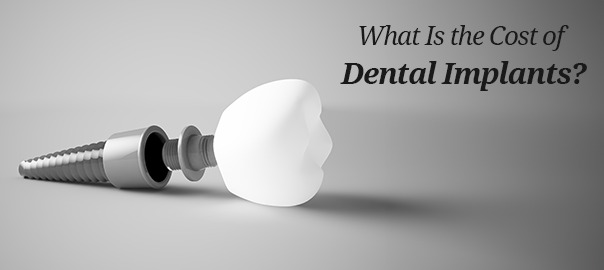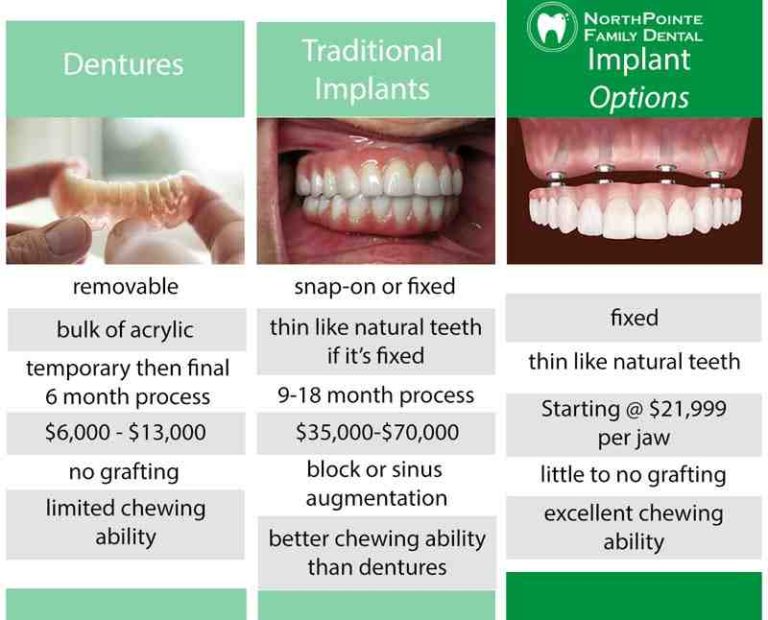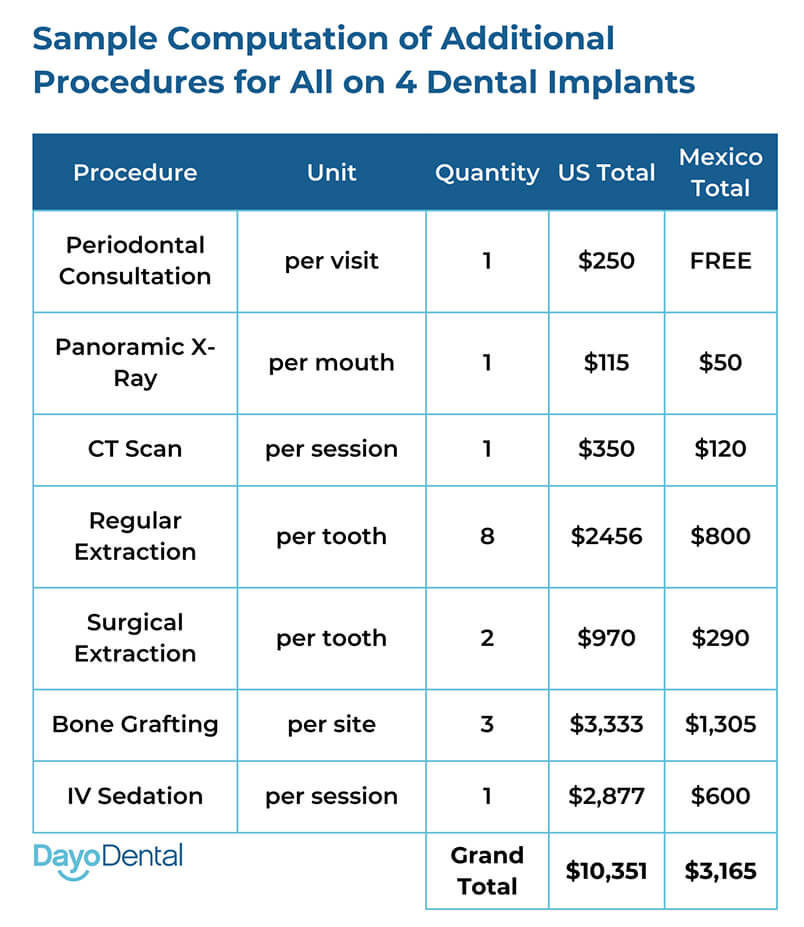What Is The Cost Of An Implant
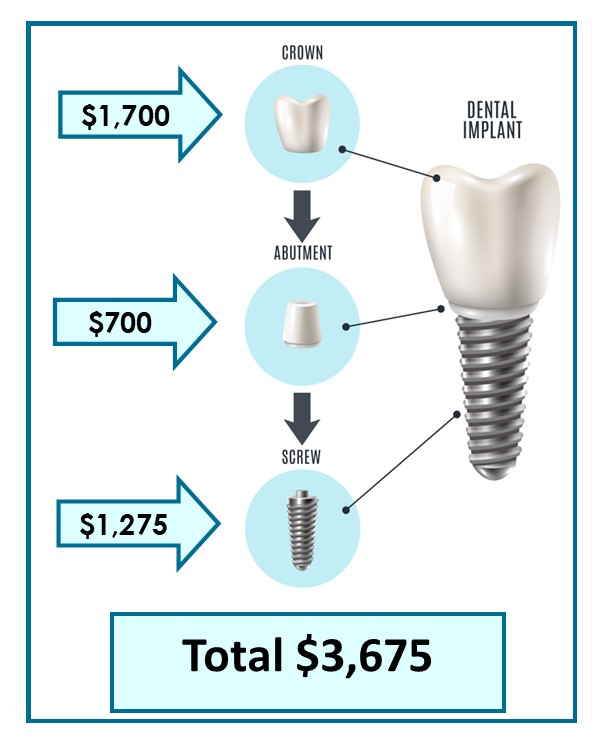
The promise of a permanent solution for missing teeth, a restored smile, and renewed confidence often comes with a hefty price tag. Dental implants, while offering unparalleled stability and longevity compared to other tooth replacement options, represent a significant financial investment for many.
Understanding the true cost of dental implants requires a deep dive beyond the initial advertised price. This article dissects the various factors influencing the total expense, explores regional cost variations, examines insurance coverage complexities, and offers insights into potential financing options. We aim to provide a comprehensive overview, drawing upon expert opinions and reputable data, to empower individuals considering dental implants to make informed decisions about their oral health and financial well-being.
The Nut Graf: Breaking Down the Implant Cost
The cost of a dental implant isn't a single, fixed number. Instead, it's a culmination of several components, including the implant itself, the abutment, the crown, and the professional fees associated with the surgical procedure and follow-up care.
According to the American Academy of Implant Dentistry (AAID), a single dental implant can range from $3,000 to $6,000 or more. This figure often includes the implant placement, abutment, and crown, but it's crucial to confirm exactly what's included when consulting with a dentist.
Factors Influencing the Total Cost
Several factors contribute to the overall cost of a dental implant procedure. These factors span from the materials used to geographical location.
Material Matters
The type of materials used for the implant, abutment, and crown significantly impact the final cost. Titanium is the most common and widely accepted material for implants due to its biocompatibility and strength, but zirconium implants are also available, often at a premium.
Crown materials vary widely, from porcelain-fused-to-metal (PFM) to all-ceramic options like zirconia or e.max. All-ceramic crowns generally command a higher price due to their superior aesthetics and lifelike appearance.
The Surgeon's Expertise
The experience and specialization of the dentist or oral surgeon performing the procedure play a crucial role. A highly experienced surgeon with advanced training in implant dentistry may charge more for their expertise.
However, this investment can be worthwhile, as experienced professionals are often better equipped to handle complex cases and minimize the risk of complications.
Geographic Location
Dental implant costs vary considerably depending on geographic location. Metropolitan areas with higher costs of living typically have higher dental fees than rural areas.
For instance, a dental implant in New York City or Los Angeles will likely be more expensive than in a smaller town in the Midwest.
Additional Procedures
In some cases, additional procedures may be necessary before or during the implant placement. Bone grafting is a common procedure required when the jawbone lacks sufficient density to support the implant.
Sinus lifts, which involve lifting the sinus membrane to create more bone in the upper jaw, may also be necessary. These additional procedures add to the overall cost.
Insurance Coverage and Financing Options
Navigating insurance coverage for dental implants can be complex. Many dental insurance plans consider implants a "major" procedure and may offer limited coverage.
According to the National Association of Dental Plans (NADP), some plans may cover a portion of the implant cost, while others may only cover the crown. Some plans might have annual maximums that limit the amount they will pay.
Exploring Financing Options
Given the substantial cost, many patients explore financing options to make dental implants more affordable. Dental financing companies, such as CareCredit and LendingClub, offer payment plans with varying interest rates and terms.
Some dental offices also offer in-house financing options or payment plans. It’s important to carefully review the terms and conditions of any financing agreement before committing.
Dental Schools and Community Clinics
Another avenue for potentially lower-cost dental implants is through dental schools or community clinics. Dental schools often offer reduced fees for procedures performed by students under the supervision of experienced faculty.
Community clinics may also offer affordable dental care options to low-income individuals and families.
The Long-Term Value Proposition
While the initial cost of dental implants may seem high, it's essential to consider the long-term value proposition. Implants offer a permanent solution for missing teeth, restoring both function and aesthetics.
Unlike dentures or bridges, implants do not require frequent replacements and can last a lifetime with proper care. This longevity can make them a cost-effective option in the long run.
Furthermore, dental implants help prevent bone loss in the jaw, which can occur after tooth extraction. This bone preservation contributes to overall oral health and facial structure.
Looking Ahead: Innovations and Cost Trends
The field of implant dentistry is constantly evolving, with ongoing research and development focused on improving implant materials, surgical techniques, and treatment outcomes. Innovations in technology and materials may potentially impact the future cost of dental implants.
For example, advancements in 3D printing are being explored to create customized implants at a lower cost. Additionally, new biocompatible materials are being developed to enhance osseointegration and reduce the risk of complications.
Conclusion: Empowering Informed Decisions
The cost of a dental implant is a multifaceted issue influenced by various factors, from material choices to geographic location. While the initial investment can be substantial, the long-term benefits and potential for a lifetime solution make them a valuable option for many.
By understanding the components of implant cost, exploring insurance coverage and financing options, and consulting with experienced dental professionals, individuals can make informed decisions that align with their oral health needs and financial capabilities. Ultimately, a healthy and confident smile is an investment that can pay dividends for years to come.
